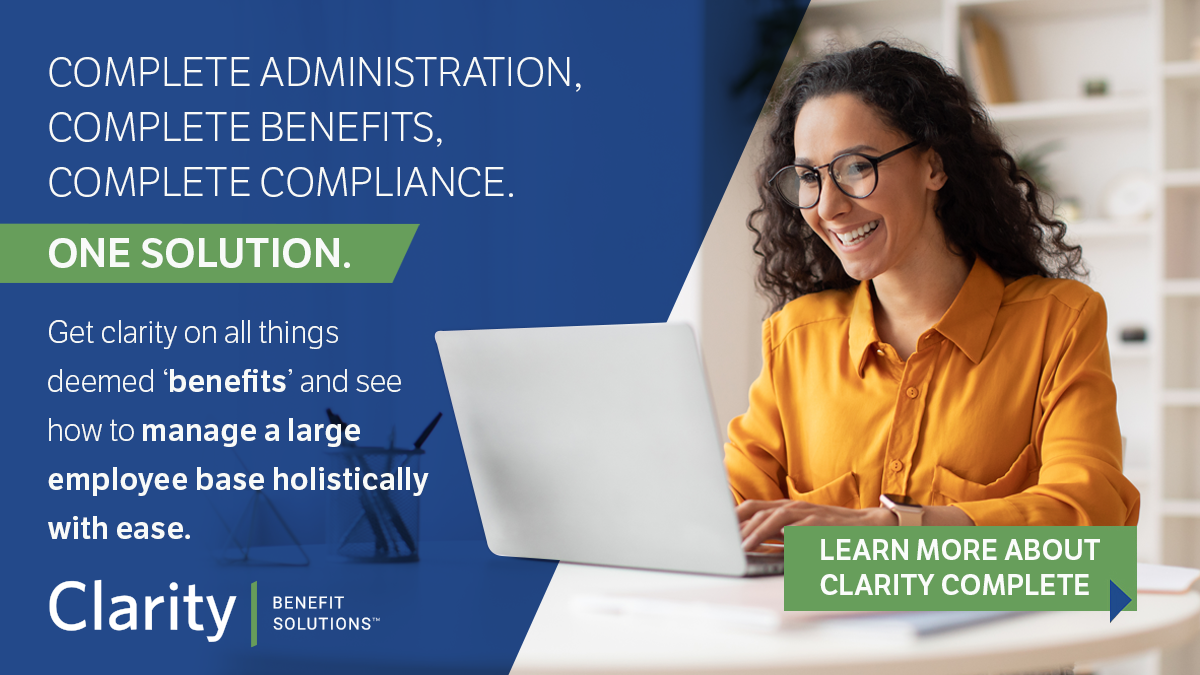
To attract and retain top talent, employers have to provide quality benefits packages and ensure they’re creating the best, most streamlined benefits administration experience for their employees.
However, many employers find aspects of self-administering their benefits plans to be challenging—especially tracking eligibility criteria and enrolling employees throughout the year. So naturally, most administrative pitfalls are related to eligibility criteria. In a recent poll, 78% of employers said it’s challenging to stay on top of eligibility requirements throughout the year, and 53% have seen an employee experience an unexpected lack of coverage upon filing a claim.
Most of these issues can be appeased by utilizing benefit administration software. Here’s a checklist you can use when administering benefits, aided by benefits administration software, so you can see how to avoid costly eligibility errors.
Tracking Eligibility Requirements
One of the most important benefit administration checklist items is tracking eligibility requirements accurately and in a timely manner. This task may seem simple, but when there are a lot of items to keep track of with various dates, it can be difficult.
For example, tracking your employee’s age is not difficult. However, keeping track of potentially hundreds of employees’ ages and their dependents’ ages can be a daunting task. The same goes for the number of hours that employees work, making sure they are within the qualifying number of hours to receive benefits.
Benefit administration software manages this checklist item for you; simply enter employee and dependent information once and make sure you never miss an important age milestone, like a dependent turning 26 and losing coverage from your employee or the age for a policy premium increase.
Keeping Forms and Paperwork Up to Date
Insurance providers ask for proof of enrollment before paying a claim (and for life insurance, a signed beneficiary form is required as well), so it’s important that all necessary documents are updated to ensure the information is readily available.
This is also important when brokers, vendors, and TPA are reviewing plan details. It keeps everyone on the same page and ensure things run smoothly. It also is important in special circumstances, like when an employee is unable to work due to an illness or accident. Disability policies and their effects on other areas of coverage can get complicated.
Your benefit administration software can help you avoid surprises or issues down the road by ensuring plans are always up to date. When all forms are handled via an electronic platform, you’re guaranteed to be referencing the most updated version of a form or document.
Communication
Communication is one of the most difficult checklist items to keep up with but is arguably the most important. For example, it’s important to communicate with employees who are on the verge of losing coverage for themselves or their dependents, so they don’t miss any important deadlines.
In general, employers should build a periodic check-in schedule for the eligibility of employees and their dependents and manage education and communication throughout the year. Having a portal that can send messages with the click of a button lets you reach employees on the devices that they use the most.
Communication is essential to the benefits administration process. Although software can’t replace meaningful face-to-face conversations, it is an extremely useful tool in streamlining everyday tasks and general communication needs.
For more information about benefits technology and software tools that can improve the benefits administration process, Contact Us.
Sources:
1. https://www.benefitspro.com/2018/12/03/10-administrative-pitfalls-that-could-cause-claim/
